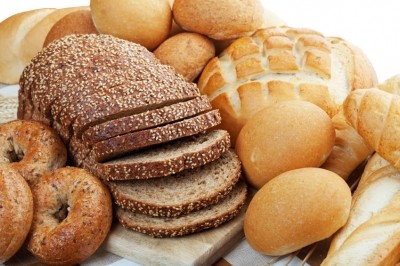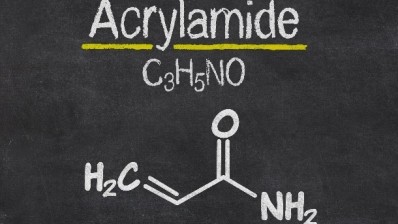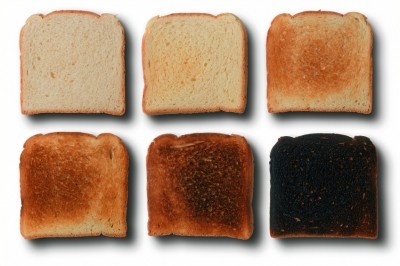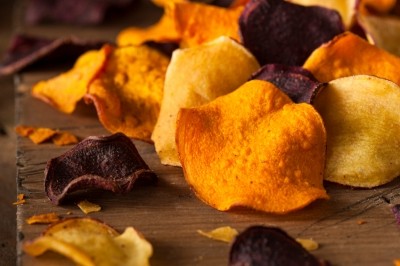Acrylamide levels in Europe are dangerously high, says NGO
!['The [Commission's] proposal in its current form also excludes all imports which represent a significant part of the market,' said Nuša Urbančič at Changing Markets. © iStock/Zerbor](/var/wrbm_gb_food_pharma/storage/images/_aliases/wrbm_large/9/7/4/7/1957479-1-eng-GB/Acrylamide-levels-in-Europe-are-dangerously-high-says-NGO.jpg)
Analysis in the report 'Acrylamide in food: Passing the hot potato' was jointly compiled by not-for-profit organisations SumofUs and Changing Markets.
Acrylamide data from over 25,000 food samples was submitted by member states to EFSA over the years 2007 – 2014, and was handed over to Changing Markets following an access to documents request last month.
The report's authors also say there has been no substantial trend across food groups to suggest acrylamide levels are falling, and therefore relying on "industry goodwill" to ensure food safety is destined to fail.
There was once a carcinogenic contaminant in Europe...
Acrylamide is a carcinogen, and in 2015 EFSA stood by a previous scientific opinion which stated that acrylamide increases the risk of cancer for people in all age groups.
Since 2006 the European food industry has been using a ‘toolbox’ of codes of best practice to voluntarily reduce acrylamide in food. It last updated this toolbox in 2014.
To monitor the efficacy of these voluntary codes of practice, the European Commission recommends that member states regularly test for acrylamide in food – but this recommendation is not legally binding.
Alongside this, the Commission has also set a range of indicative values for acrylamide levels in different food groups.
Again, these indicative values are not legally binding, and are intended to be used as benchmark levels to assess the extent to which the codes of practice has been applied by food manufacturers.
In January this year, Denmark lowered its indicative levels for acrylamide, arguing that EU guidance levels do not protect consumers enough.
Campaigners want to see the Commission apply legally-binding maximum levels, and criticised the Commission’s recent proposal, leaked in September this year, because it continues to rely on industry self-regulation.
However in a new draft leaked earlier this month (November), the Commission threatened maximum levels of acrylamide for sectors failing to apply the codes of practice – a glimmer of light for campaigners.
Yet campaigners have found another flaw. They say the legal basis for this proposal is shaky because it is based on the EU hygiene regulation (acrylamide is a contaminant and not applicable to hygiene), meaning it could be annulled.
"While trend analysis across major food categories suggests a slight downward trend for acrylamide levels in potato crisps and snacks, crisp bread, biscuits and crackers, acrylamide levels in French fries, gingerbread and roasted coffee suggest concentrations are unchanged or increasing."
Around 12% of foods sampled contained levels above indicative levels set by the EU, which the SumOfUs report says is "unacceptably high".
The highest acrylamide concentrations were in a sample of instant coffee in Belgium and French fries in Denmark. At 38,000 and 7,900 micrograms (μg) per kg, respectively, these were 42 and 13 times higher than current EU indicative levels.
SumOfUs says the Commission needs to show leadership and set maximum limits.
"This is the way EU law deals with other contaminants in food and the best way to ensure that the most vulnerable consumers are protected," said campaign director at SumOfUs, Paul Ferris.
Cherry-picking contaminants
The SumOfUs report also draws attention to flaws in the Commission’s proposal, which allows manufacturers to “cherry pick” the measures they wish to apply.
The proposed monitoring requirements are too infrequent, it says, and allow manufacturers to replace accurate laboratory tests with colour testing. This analysis of acrylamide levels by determining its colour as it appears to the naked eye is less accurate, says SunOfUs, adding another major flaw is that it only covers foods produced within the EU.
Nuša Urbančič, campaign director at Changing Markets, said: “The proposal in its current form also excludes all imports, which represent a significant part of the market, as the application of measures cannot be verified outside EU borders. The Commission should do much better than this and provide a level playing field that guarantees sufficient protection for the consumer.”
Many of these simplified requirements have been put forward in the name of minimising the administrative burden for small and medium enterprises (SMEs) and micro enterprises, says SumOfUs, but are applicable to all food service operators regardless of their size.
“It is unjustifiable that the Commission’s proposal puts the same simple requirements on multi-billion-euro food giants, such as McDonalds, as chip shops and family bakeries” said Urbančič.
According to the Changing Markets analysis, the countries that had the most samples with acrylamide over the current Commission benchmark were Greece (75%), Estonia and Sweden (20% each), Belgium and Ireland (18%), Italy (17%), Norway (16%), Austria (15%), Spain and Finland (14%).
Acrylamide occurs naturally in certain foods and can increase during frying and roasting. It cannot be entirely eliminated from food but there are a number of measures that can reduce it at farm and factory level.
Farmers can select potato varieties low in reducing sugars, ensure they are mature before harvesting and keep storage time to a minimum.
Food manufacturers can use asparagine reducing agents.
Coffee manufacturers can opt for darker and longer roasting periods.
Manufacturers making products made from cereals should optimise thermal and moisture inputs and reduce browning of the final product.
Potato slices should be washed, blanched or peeled and the darkest potatoes should be removed.
Source: FDE and Serving Europe







